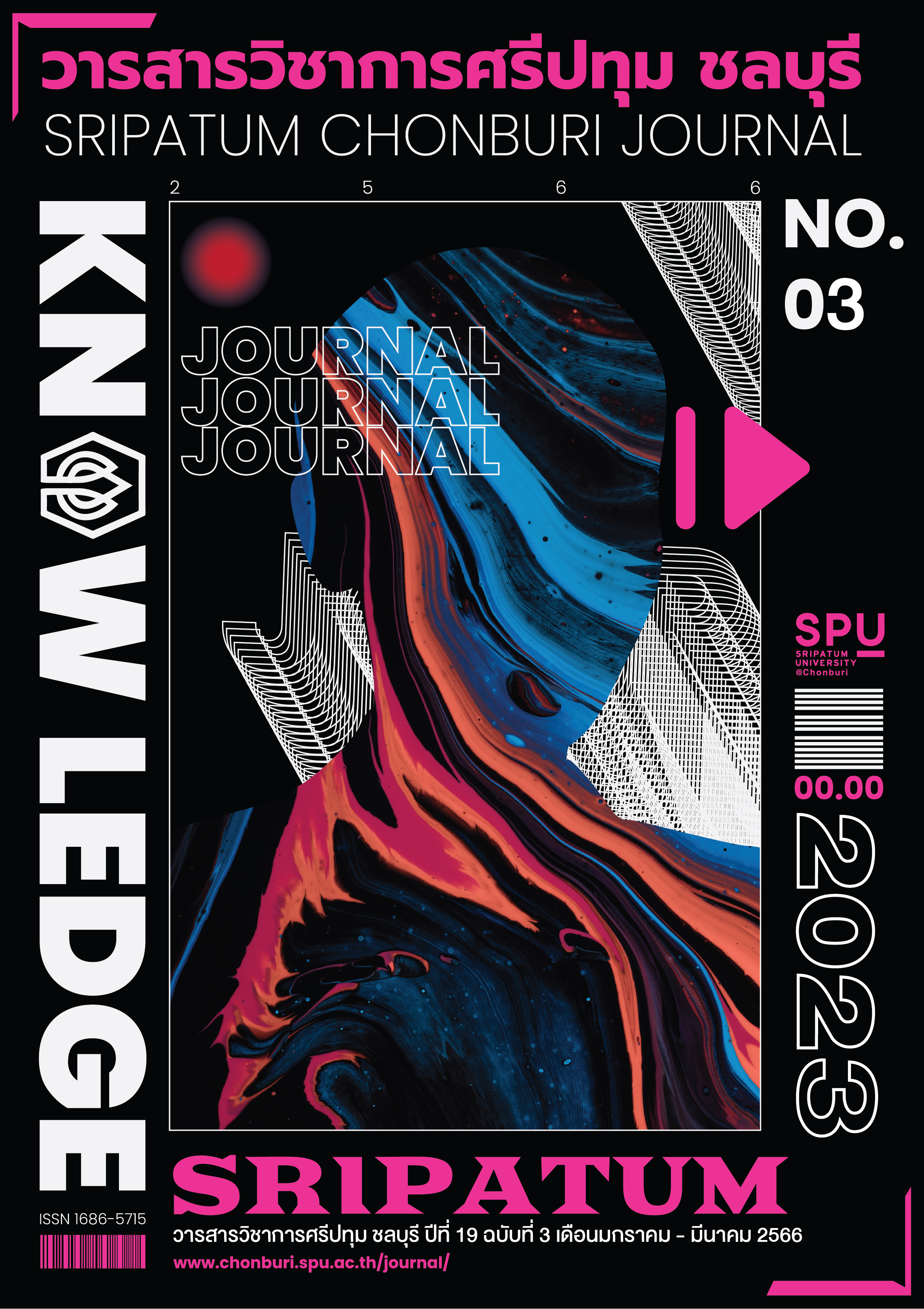THE CURRENT STATE OF LANGUAGE PROTECTION IN CHINA AND THAILAND FROM THE VIEWPOINT OF THE TRANSLATION OF LOAN WORDS
Keywords:
Translation of loan words, Chinese and Thai, Language protectionAbstract
This study examined the current state of the protection of the Chinese and Thai languages from three angles: the process of loanword translation, the use of loanwords in modern usage (using the COVID-19 pandemic period as an example), and the protection policy of words. This study revealed that literal translation is the major way of translation in Thai while free translation was the preferred method in Chinese due to the distinct writing systems. To promote uniformity in the use of spoken and written languages and to safeguard their healthy growth, the Chinese government has enacted a number of policies at the national level. Although the Thai government has published a few pertinent policies, there is no unifying standard for the usage of language and terminology. Many recently invented words are solely used in official, professional, and academic communication. When people use these words, they primarily utilize transliteration.
References
สำนักงานราชบัณฑิตยสภา. (2564). (ร่าง) แผนปฏิบัติการด้านนโยบายภาษาแห่งชาติ (พ.ศ.2564-2565) (ออนไลน์). เข้าถึงได้จาก:
http://legacy.orst.go.th/wp-content/uploads/2018/11/ร่าง-แผนยุทธศาสตร์นโยบายภาษาชาติ-ส่วน1.pdf
, 5 ตุลาคม].
Chiewchan, S. (2021). Language Usage in the News of the COVID-19 Pandemic from Online Newspapers. The
Academic Journal: Faculty of Humanities and Social Sciences Nakhonsawan Rajabhat University Academic Journal,
(1), pp. 72-89.
Ge, L., & Ye, S. (2019). Wailaici Hanyu Fanyi Celve Tansuo. Overseas English, 2019(4), pp. 129-130.
Jiaphong, S. (2022). Foreign Language Loan Words in Royal Institute Dictionary: A Study of Word Forms and Semantic
Categories. Mekong-Salween Civilization Studies Journal, 13(1), pp. 96-120.
Luo, W., & Wang, J. (2022). Analysis of neologisms and new meanings in context of combating COVID-19. Journal
of Zhejiang University of Science and Technology, 34(2), pp. 155-162.
Oxford English Dictionary. (2020). Updates to the OED (Online). Oxford English Dictionary. Available:
https://public.oed.com/updates/ [2022, October 31].
Tiewcharoenkij, A., Kanokkamalade, V., & Pankhuenkhat, R. (2022). The Evolution of Thai Language. The Jouranal
of Sirindhornparidhat, 23(1), pp. 364-375.
Yang, X. (2007). Hanyu Wailaici Yanjiu. Shanghai: Shanghai People's Press.
Ye, F., & Xu, T. (2016). Yuyanxue Gangyao (Xiuding Ban). Beijing: Peking University Press.
Downloads
Published
Issue
Section
License
Copyright (c) 2023 วารสารวิชาการศรีปทุม ชลบุรี Sripatum Chonburi Journal

This work is licensed under a Creative Commons Attribution-NonCommercial-NoDerivatives 4.0 International License.
บทความทุกบทความเป็นลิขสิทธิ์ของวารสารวิชาการศรีปทุม ชลบุรี



